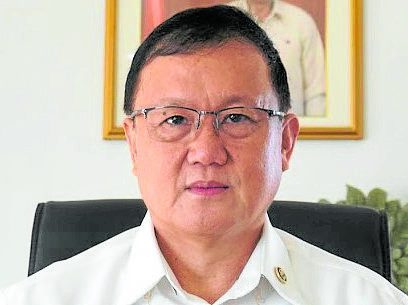
The country’s population growth rate has been reportedly slowing down over the years, yet it remains one of the fastest in the world at 1.72 percent.
Zooming in, population in urban areas in the Philippines has been growing faster compared to rural areas, primarily due to internal migration brought about by economic development in city centers.
The World Bank’s “Philippines Urbanization Review” stated, “the Philippines is at a critical juncture in its urbanization process with the number of people living in cities projected to increase by approximately 20 million over the next 20 years. By 2050, it is estimated that close to 102 million Filipinos will live in cities, about double the number of today.”
While massive urbanization is happening, our land, however, is no longer expanding—prodding us to explore ways tow maximize its potential while protecting everything that inhabits it. We must identify, delineate, give structure and function to, and protect our precious spaces to ensure the safety of those living in both cities and rural areas.
‘Creating Spaces’
The Department of Human Settlements and Urban Development (DHSUD) is thus adopting what we call “Creating Spaces” as one of our banner programs under the newly approved 2040 National Housing and Urban Development Sector Plan. Through this, we aim to provide a large-scale, macro-level perspective to spatial and sectoral development through the help of our experts and stakeholders.
Under Creating Spaces, we have identified five vital programs—Metropolitan Development Program, Bioregional Development Program, Transit-Oriented Development Program, Land Supply Build-Up Program, and National Open, Public and Green Space Network Program. These embody our commitment to address the impact of population growth and human activities on ecosystems. We must manage the growth while developing our actions in a sustainable manner.
Aligned with the Philippine Development Plan, we will support the track on the current and planned metropolitan areas for development. The DHSUD will extend guidance in incorporating strategies that promote linkages among key cities and municipalities.
Of course, we must also build on ecosystems or pursue a ridge-to-rift planning approach in crafting the local government units’ Comprehensive Land Use Plan. We will explore innovative ways which put premium on natural boundaries such as watershed areas to ensure the alignment of urban development with environmental stewardship and ecosystems-based advancement.
The Department also sees opportunities in public transport development not only in promoting economic activities but in improving environmental quality and social aspects as well. Hence, we will mainstream transit-oriented development as an inherent component of urban planning.
Given the scarcity of land, we need a multi-pronged program to unlock, recover and allocate land for settlements. This requires massive inventory of existing but unutilized or underutilized government real properties and taking corresponding measures to efficiently use them. If needed, acquisition of land for redevelopment is also on the list.
We previously developed the CLUP Guidebook which proved to be useful in defining open spaces for local planning. Building on the concept of open space being used only as forest, buffer/greenbelts, parks, playgrounds and other similar uses, we will work on sustainably developing open spaces especially in metropolitan areas and highly urbanized cities.
Judicious land use
As with any other journey, establishing sustainable housing in well-planned communities must start somewhere. For our vision, creating more spaces from what is already in place is a great challenge but the soundest way to take off.
Through the NHUDSP, we have illustrated a complete path to lead us to better, greener and smarter human settlements and urban systems, but we need places to turn them into a reality. Thus, the story begins by taking advantage of spatial trends and incorporating this in land use planning to ensure socioeconomic benefits across the urban-rural continuum.
We are now recalibrating our engines of development. We are rethinking and restructuring our processes of designing human settlements. With our programs in place, I am confident we are off to a relatively better start.
Article and Photo originally posted by Inquirer last August 21, 2021 2:10am and written by Sec. Eduardo D. Del Rosario.







More Stories
Vista Land Celebrates 50 Years with Sandiwa: An Event Honoring Leadership, Legacy, and the Filipino Dream of Homeownership
Vista Land Celebrates Love Month in Ilocos Region
Vista Land Bridges Cebuano Heritage and Progress with Valencia by Vista Estates